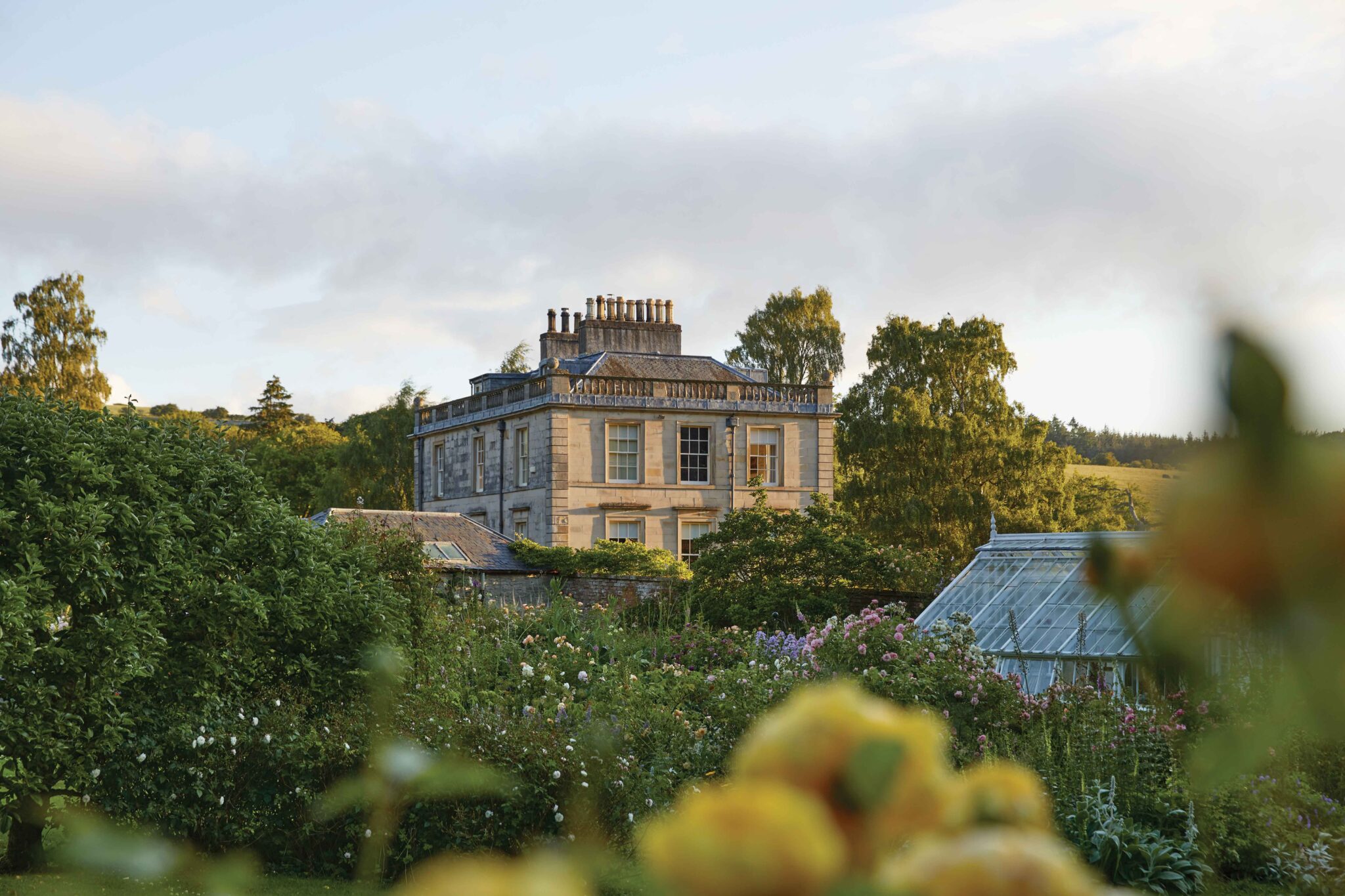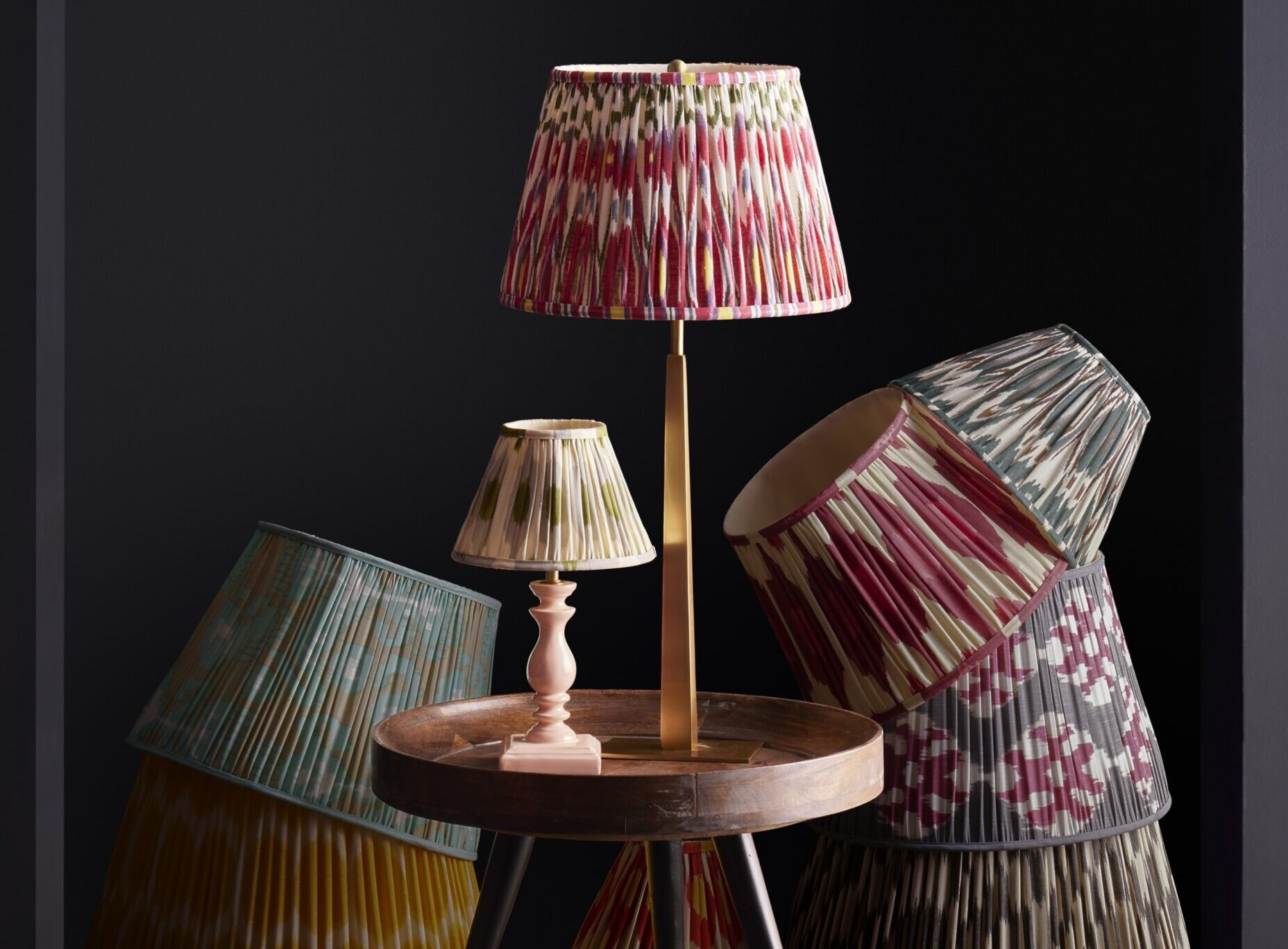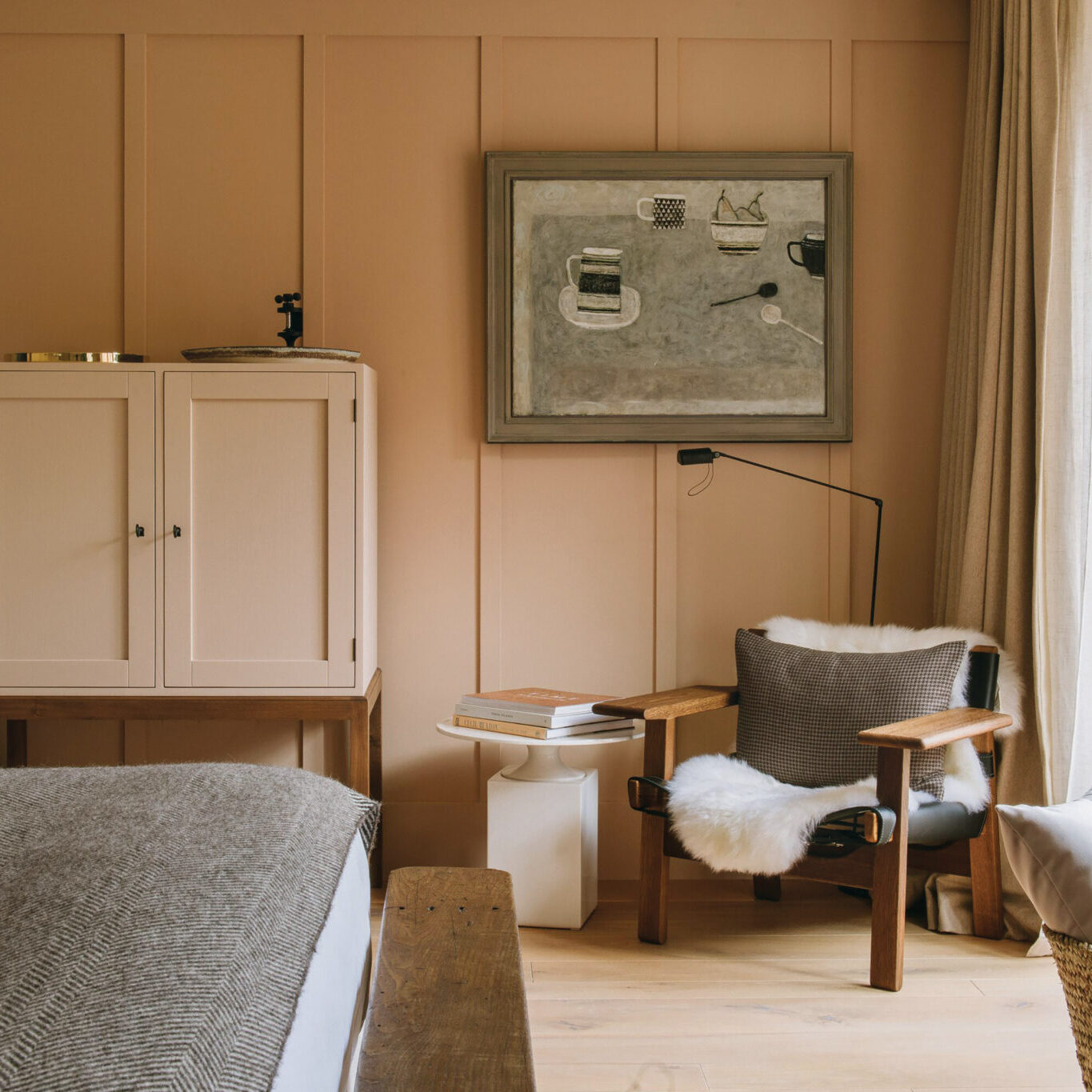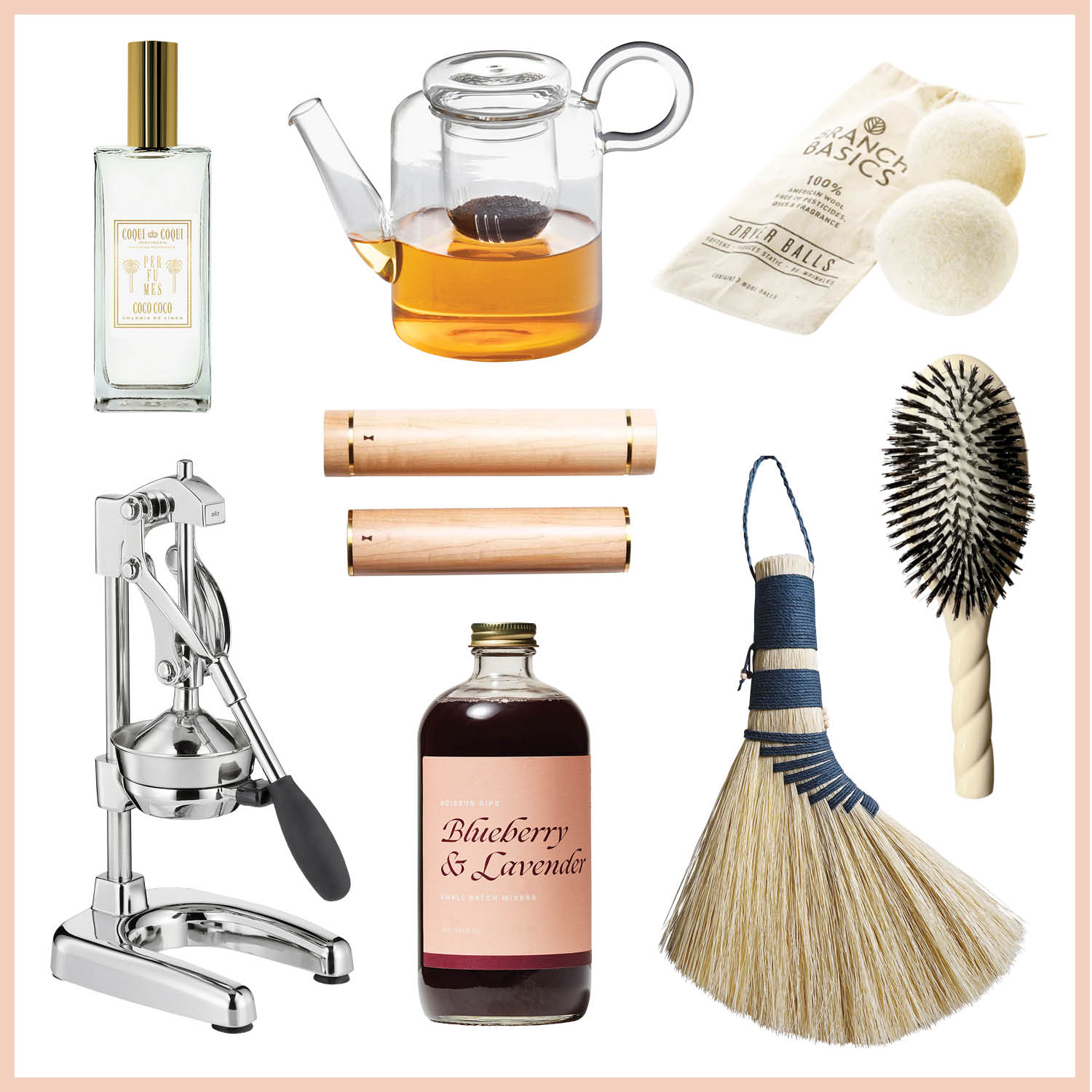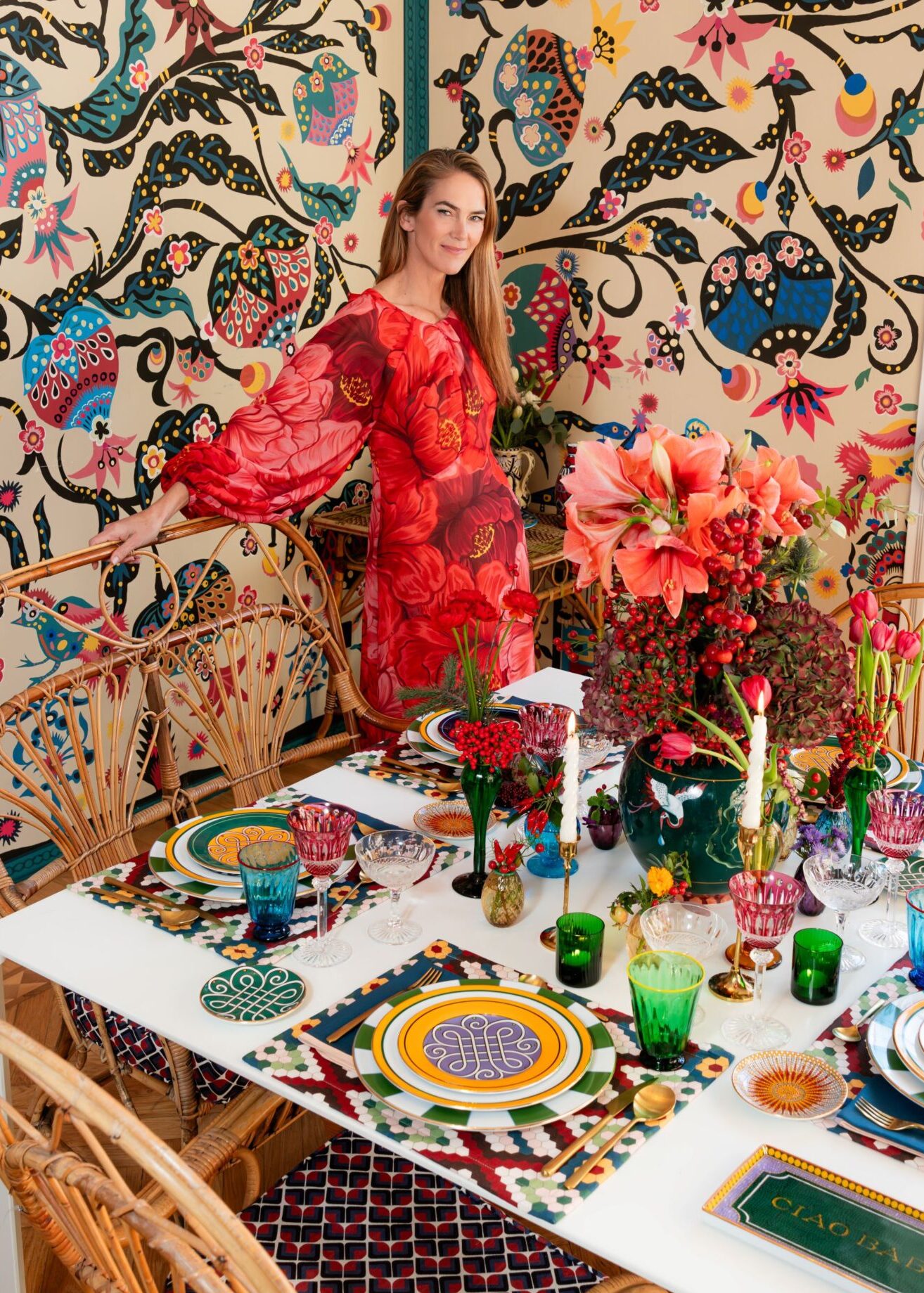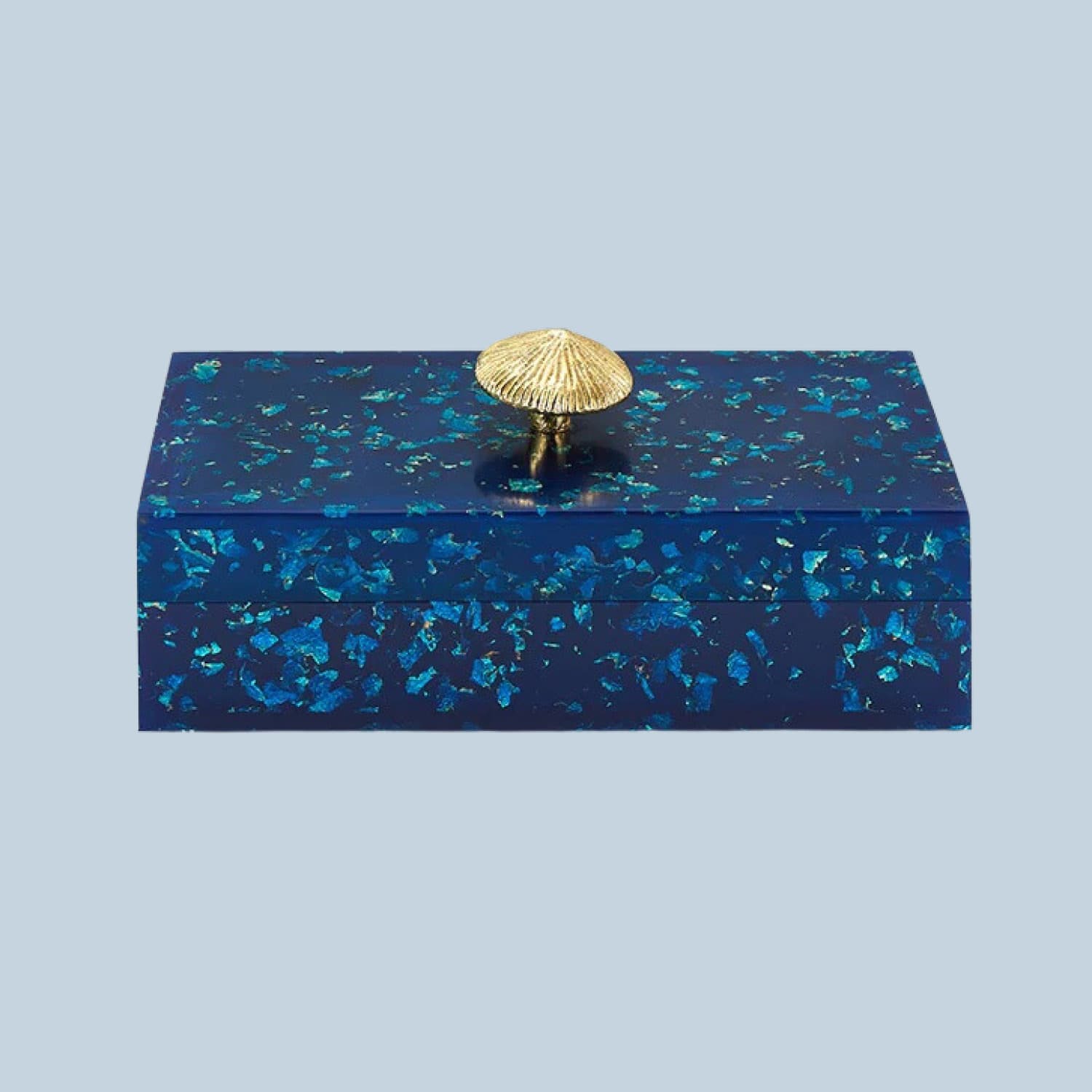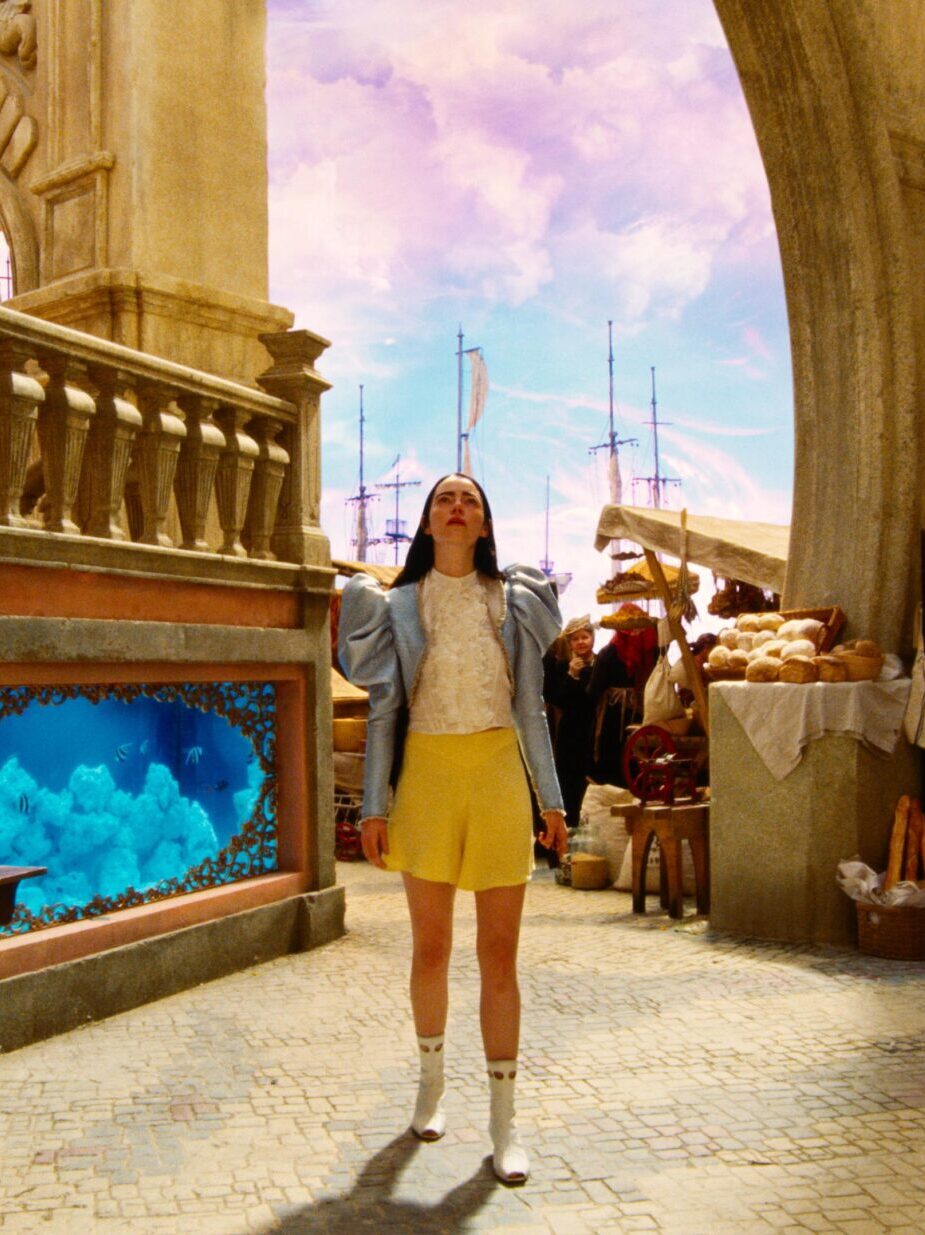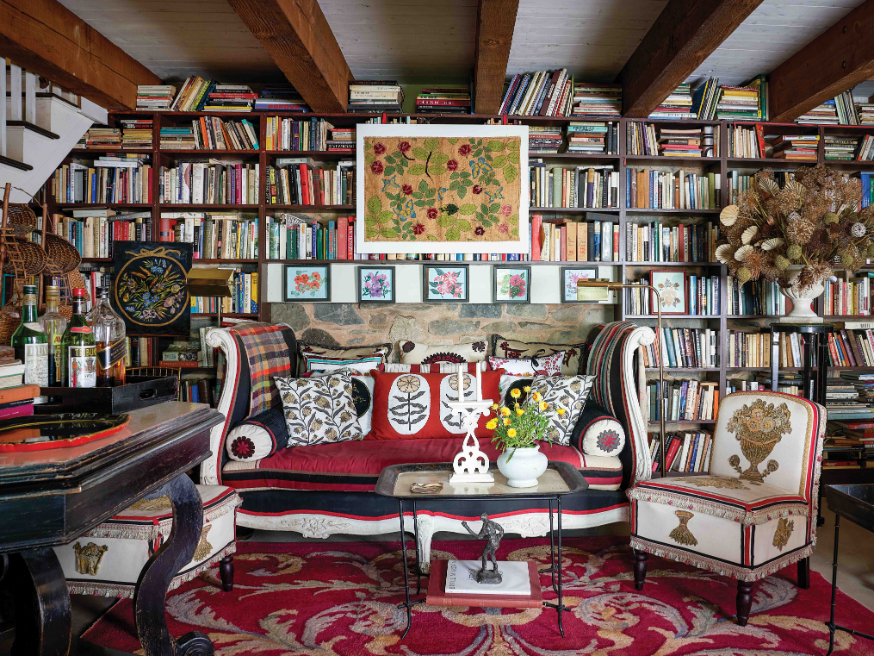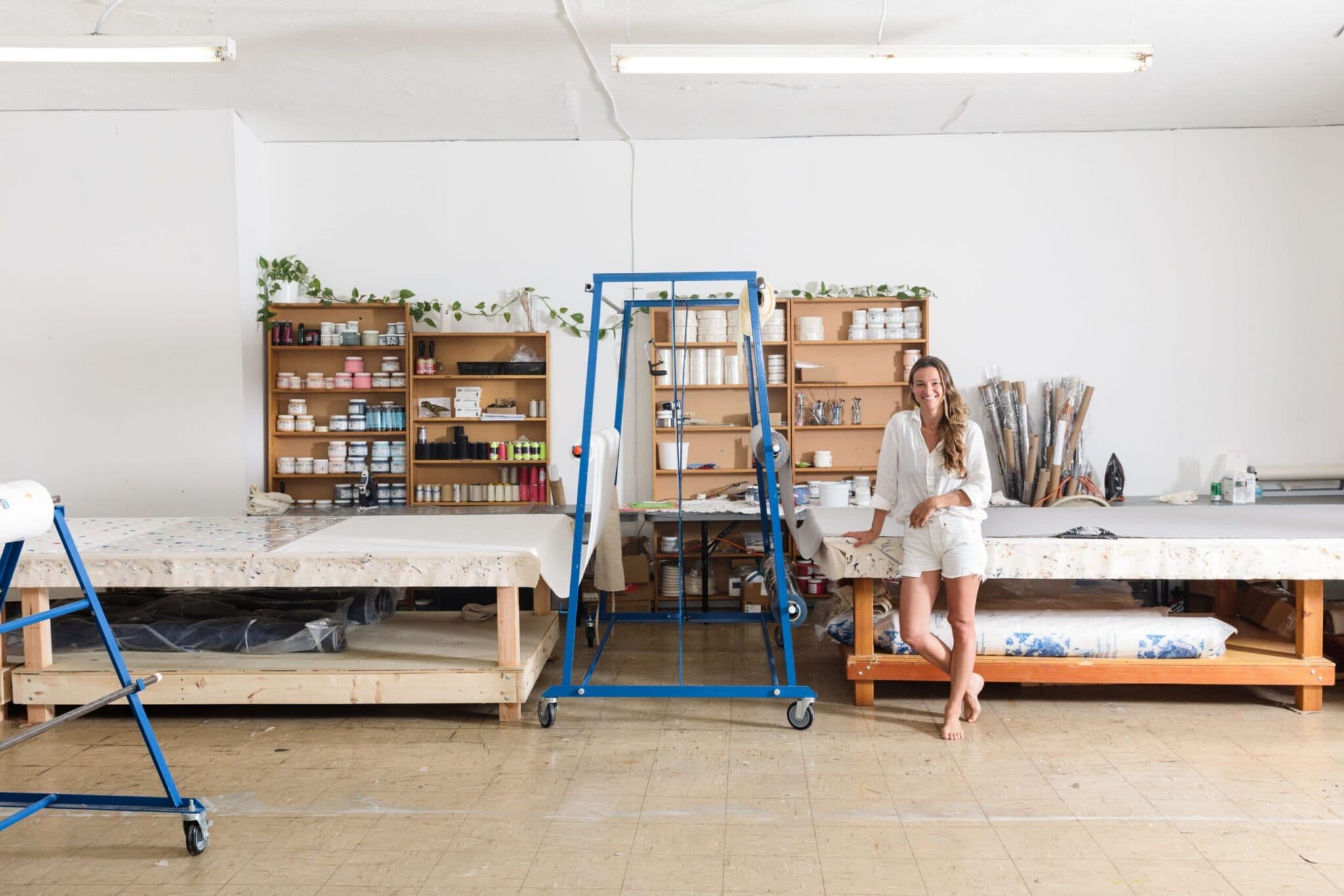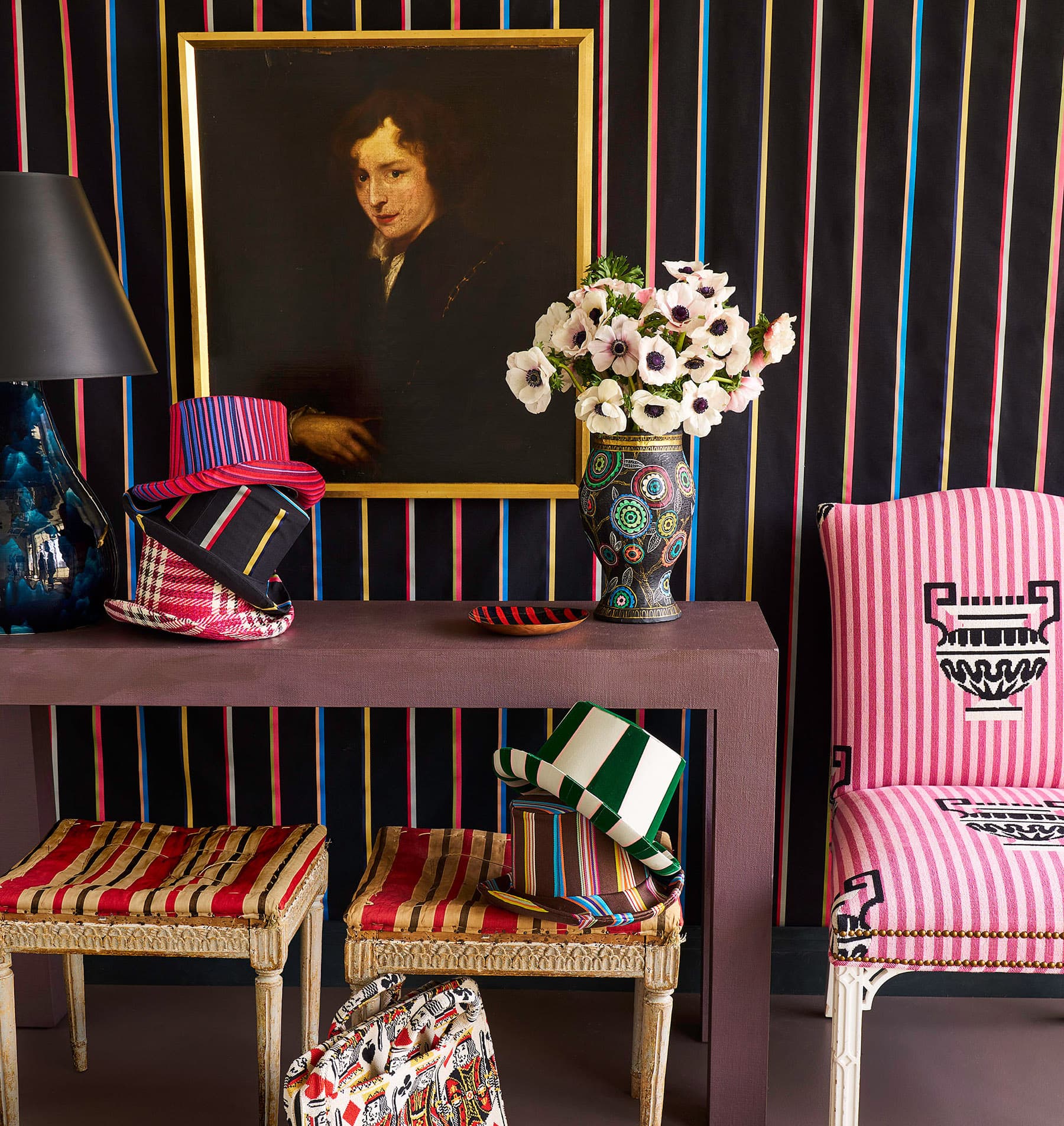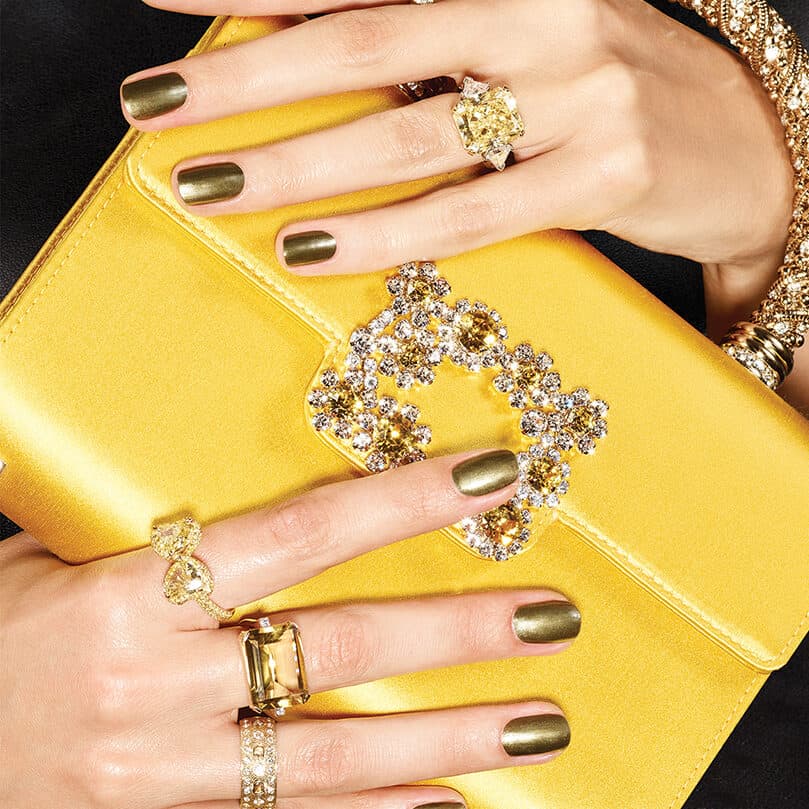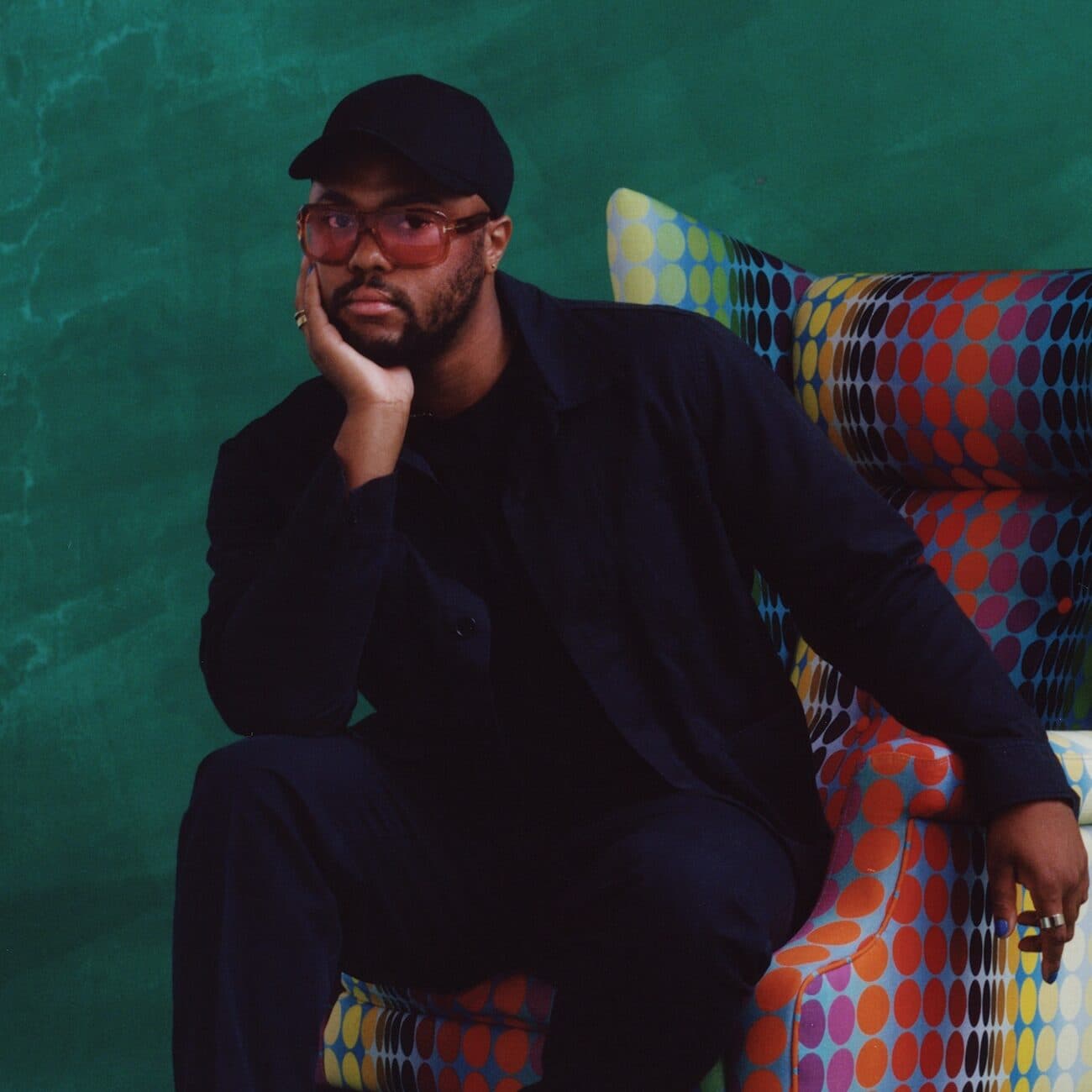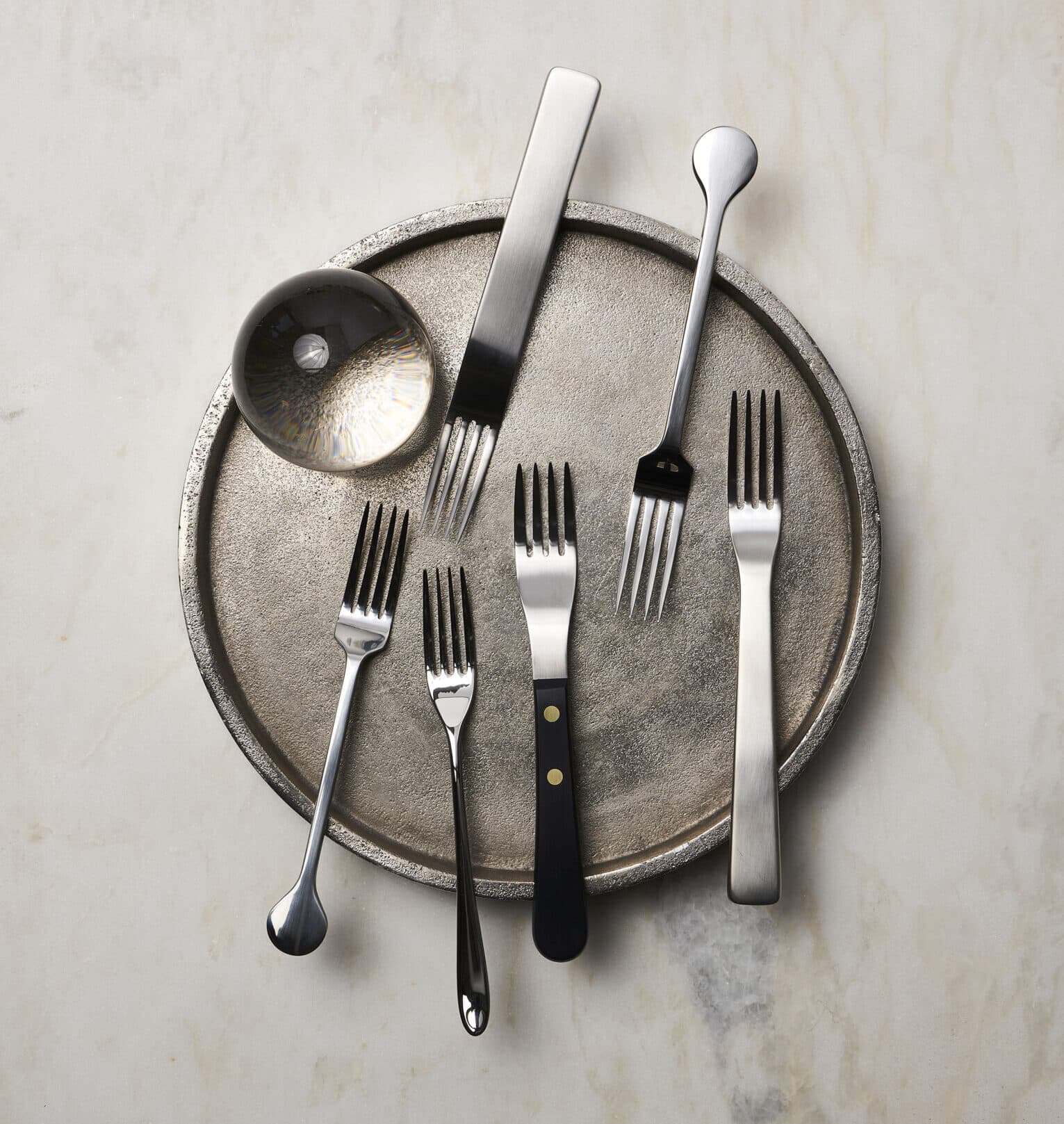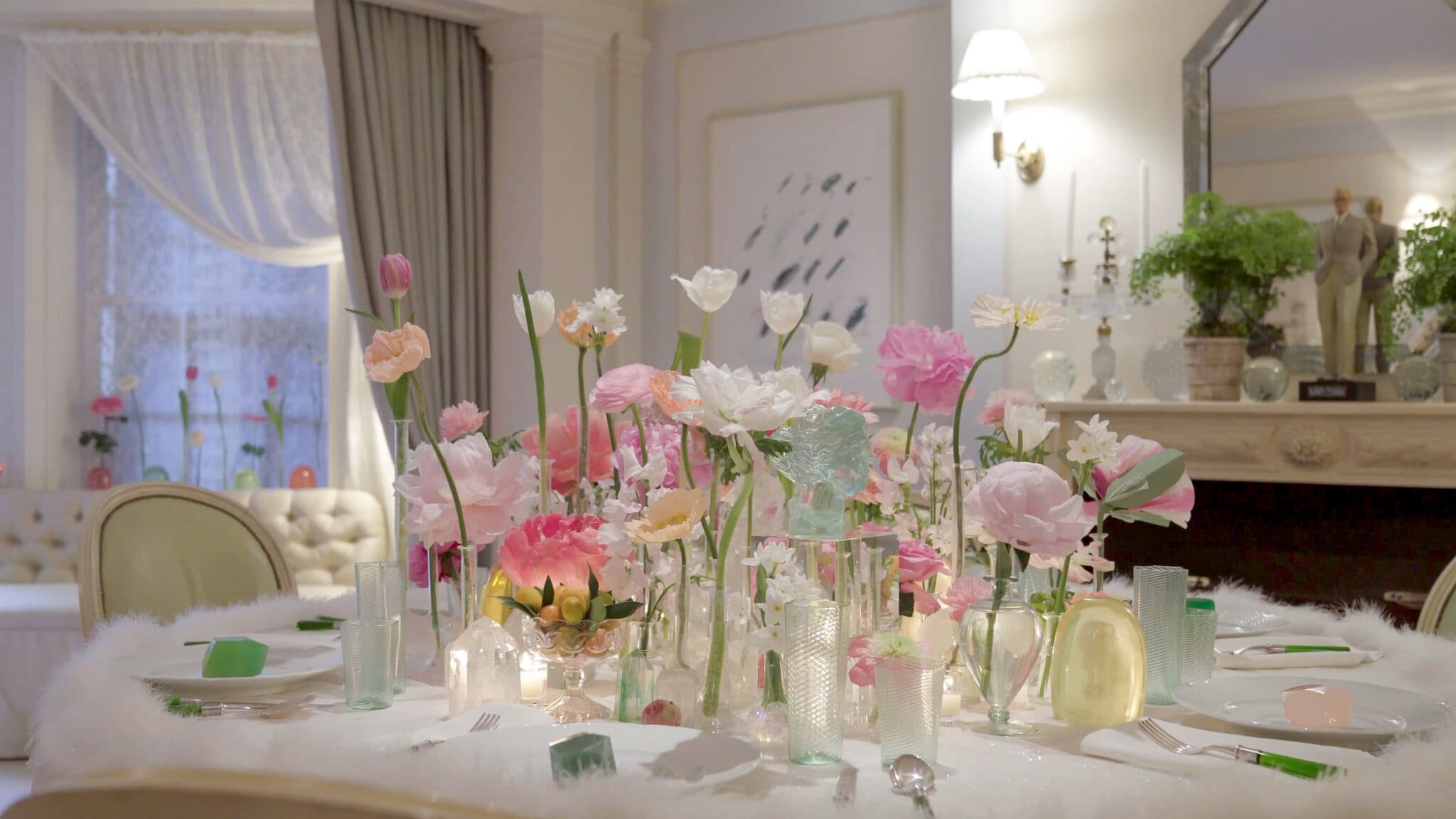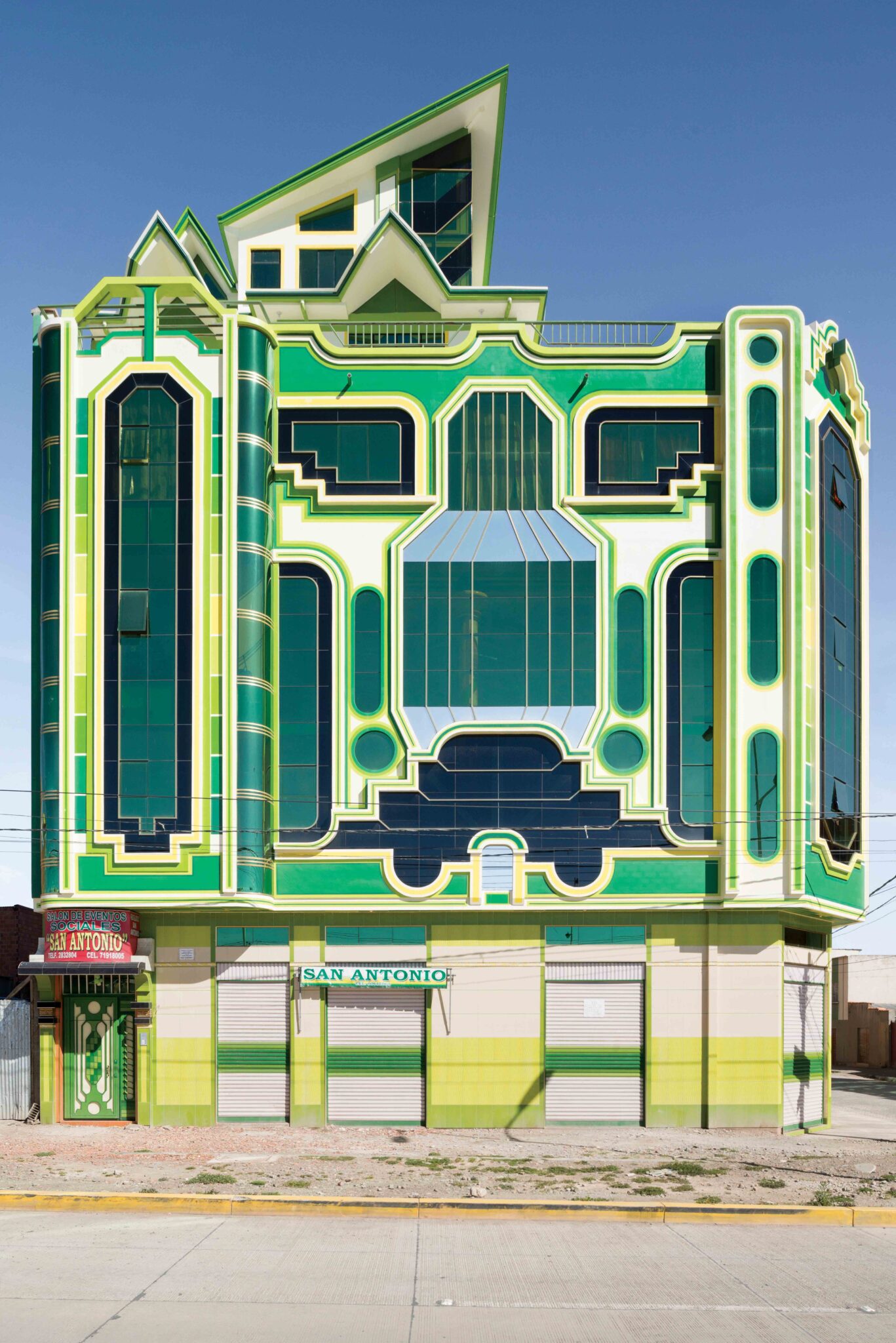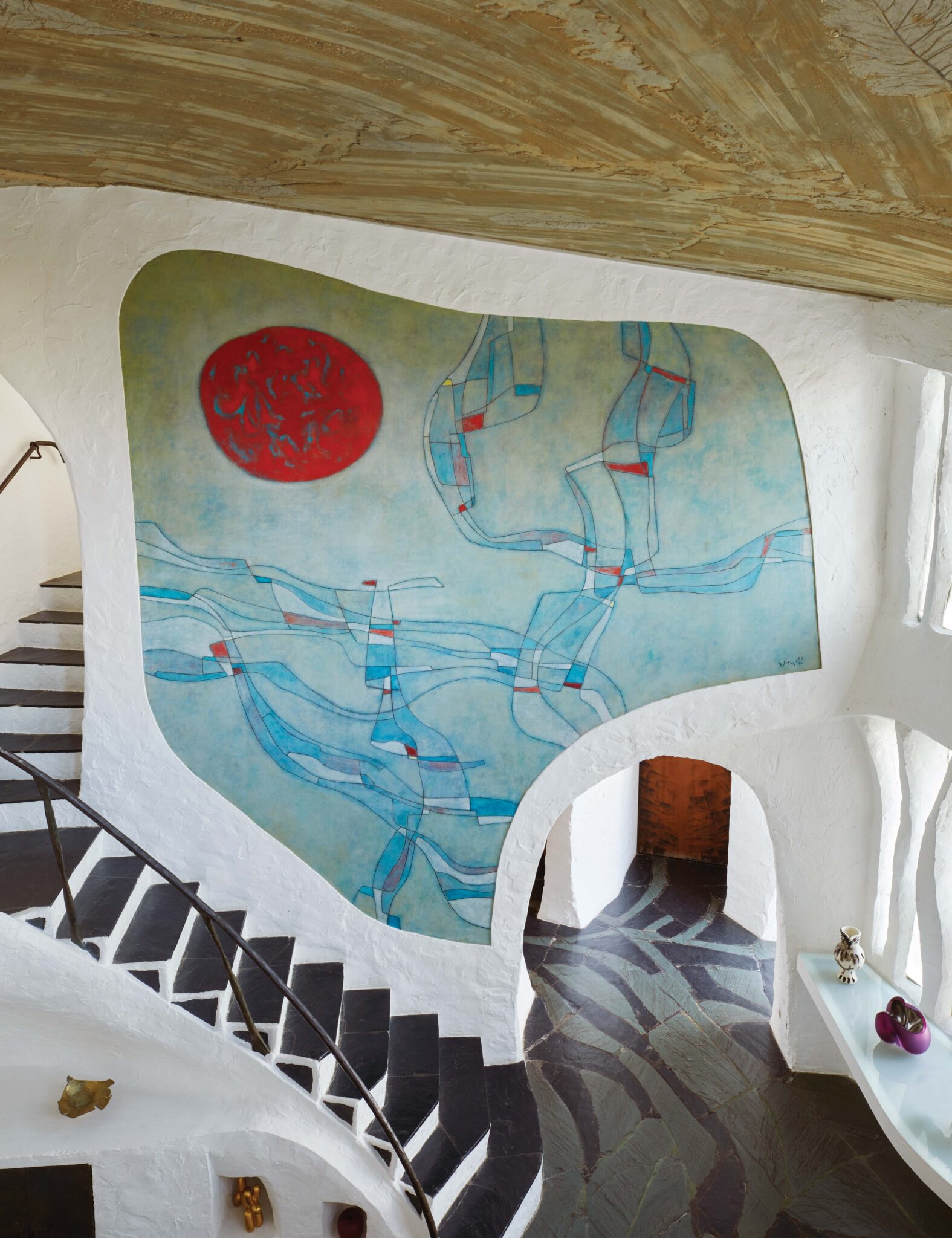
Long before the most recent wave of stylesetters alighted on Tangier, Italian writer and gardener par excellence Umberto Pasti put down roots in the ancient town. Through his boundless curiosity and indefatigably poetic vision, he’s proven that home truly is where the heart is, and that anything—a scrappy hilltop tract, some ramshackle dwellings, even a local community in need of aid–can thrive with the proper nurturing and care.

If you follow any of the design world’s movers and shakers on Instagram, you may have noticed posts from Tangier scrolling across your feed these days. The North African port city, long a heady brew of cultures, epochs and influences, has been experiencing a renaissance of late, as the Moroccan government turbo-charges regional development, invests in infrastructure and gussies up once-decaying quarters.
But 30 years ago, when he first visited Tangier, Umberto Pasti encountered a different version of the fabled town. The ‘60s-era beatniks and rockers had long departed. Daily life had settled into a gentle and deeply local rhythm. On a lark, Pasti traveled to the town’s outskirts and instantly fell in love. “There were fields of white flowers all over the place,” he recalls. “It was heaven, really.”


Pasti purchased a crumbling, rambling property with two run-down living pavilions, one from the 1920s and the other from the 1950s, and threw himself into the project of reclaiming it and making it home. Perhaps more than anything, there was—and is—the garden. Pasti transformed the neglected acreage into an oasis flourishing with literally thousands of species of plants, flowers and trees. Even now, he is continually outdoors when he is there, moving things around, repotting things, nourishing the just-barely-tamed flora and fauna. He is tending things everywhere he goes.


In the years since he acquried the property, he has repaired the two original pavilions and added a third. Throughout the day, he and his partner, fashion designer Stephan Janson, move fluidly between the structures and the surrounding grounds as they eat, read, write and entertain. It’s an ideal set-up for someone committed to living in harmony with the what and where of the here and now.


Indoors, Pasti’s arms-wide-open ethos is equally on view. Over the decades, he has assembled an enormous collection of fragments, artifacts and objets, and they occupy the rooms with a marvelously organic and collected air. Pot shards, ancient columns, whale ribs—they are of a piece because they all make him happy, and imbue his home with a patina that’s as enchanting for its breadth and diversity as it is for its visual appeal. Complexity is a positive attribute in this environment. Messiness is accepted. Imperfections are prized.

Pasti has a particularly large assortment of Moroccan decorative items, including rugs, fabrics and tiles, and it’s his hope that he might eventually gift them to the city of Tangier as a kind of archaeological museum. One of his most prized possessions is a 14th-century Islamic frieze that he rescued from the firewood pile of a hammam. Another is a clay toy rabbit made by a child from a nearby village whose grandmother encouraged him to fashion his playthings as she had, from homespun materials in the pre-plastic days. It’s the possibilities and wonder contained in the everyday that so often seem to be the throughlines connecting the objects that inhabit Pasti’s world.


“Home doesn’t need to be expensive or fashionable,” Pasti insists. “I want to surround myself with the things I love, even if it’s as simple as a stone or a candle. I want to surround myself with beauty.”
CULTIVATING TALENT
Now On the Ocean, a furniture workshop that Pasti established in northern Morocco, turns out soulful wooden pieces that capture a certain happy bohemian spirit and spur a rural village’s economy. We asked him to tell us more.

When did you found the workshop, and why?
We established it about a decade ago, when a group of local boys were out of work and desperate to make a living. We’ve had good success from the beginning—now those boys have grown into men, and are supporting their families with the business.

Who designs the pieces?
I do the initial sketches, inspired largely by rustic 18th-century English furniture, and then discuss them with Najim, the master craftsman. I know what might look good, but Najim knows what can actually be done. We build a prototype and go from there. Our first pieces ever were sparked by a pair of chairs owned by the antiques dealer Christopher Gibbs, a longtime Tangier resident who gave us our first commission and just recently passed away.

Where do you source the wonderful limbs and branches that are incorporated into the items?
There’s a protected forest near our workshop, and we have an agreement with the Moroccan authorities that in return for keeping part of it clean, we get to keep the scrub we prune out, so that’s our biggest source of materials. And actually, the section we’re tending is now much healthier than the rest of the forest.
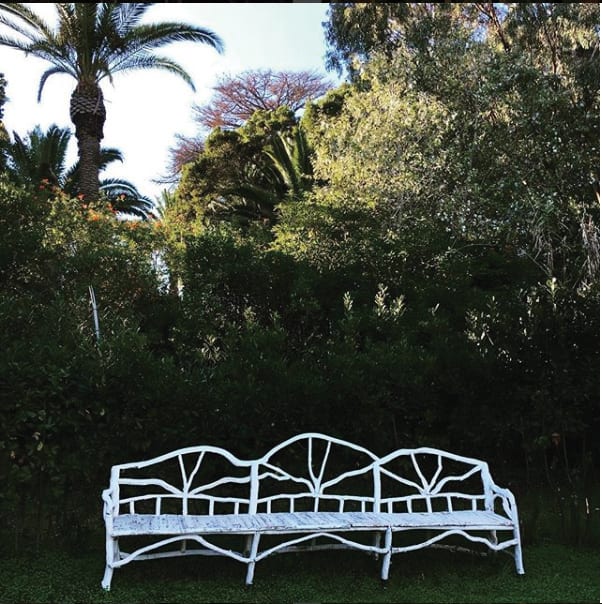
Where can the pieces be purchased?
Over the years, we’ve sold our furniture at various boutiques from Los Angeles to Marrakech, but there’s also an excellent and informative website that can always be used for browsing and inquiries. You’ll find it at now-ontheocean.com.
Written by Meeghan Truelove. Photography by Melanie Acevedo.
